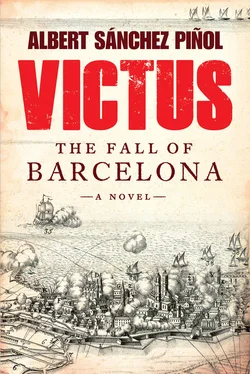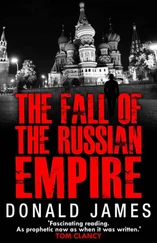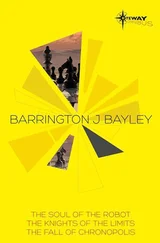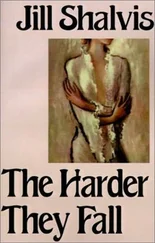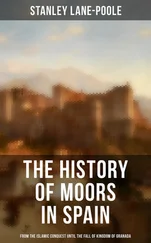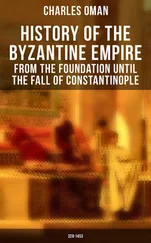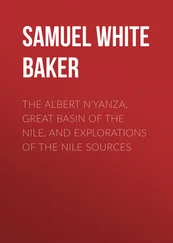The Coehoornians had another, more scientific argument, which therefore held more weight. They claimed, with reason but unreasonably, that Vauban’s method always drew things out. “Agreed,” they would say, “a city besieged according to Vauban’s model will inevitably fall within ten, twenty, or thirty days. But in that time a great many things could happen: Epidemics might break out within the besieger’s enclosed camp; reinforcements might arrive; the adversary might lay siege to one of our cities, turning it into an exchange of kingdoms, or any other diplomatic imponderable obliging us to suspend the siege.”
Coehoorn’s detractors, in turn, pointed to the risks involved in such a premature thrust. If successful, it would indeed see an end to the siege before it had formally become that. But if it failed? You ended up with a carpet of dead bodies, the city intact, and the defenders’ morale sky-high.
Clearly, the debate turned on certain irreconcilable principles, endless fodder for the dispute. Vaubanians and Coehoornians, two schools that would never see eye to eye. Once a Maganon was a Coehoornian, he would always be one, and vice versa. The debate never ended. The problem being that these rational theories were also at cross-purposes with individuals’ self-interest.
Your young and ambitious general, for instance, would tend to be a Coehoornian. What did it matter to him to sacrifice five hundred, a thousand, or two thousand lives in a reckless attack? Coehoornians sought glory, and after all, they wouldn’t be the ones having to cross those labyrinths of stone, those unforgiving ditches and steep scarpment walls. By contrast, and though they were little educated in the matter, footsoldiers were outright Vaubanians. Out of self-interest! The thing is that Vauban was no military man. He never was. The engineer in him always governed the soldier. At the first siege he was in charge of, he addressed not his generals but the rank and file: “Sweat for me, and I will save you having to bleed.” Sweat instead of blood. That was the heart of it.
Coehoorn accused Vauban of being spineless; Vauban branded Coehoorn a brute. In private, after the Dutchman’s reference to pulling teeth, Vauban referred to him as “the Dentist.” And their rivalry went beyond the merely intellectual: Vauban once even laid siege to a fortress commanded by Coehoorn! In 1692, this was, at Namur.
What brought particular renown to the duel was that the Beast was there watching. Louis XIV was there, and as king, he was the attacking army’s general in chief. He witnessed the spectacle with his royal buttocks comfortably seated on a litter, an awning over him, and refreshments at hand, since he had delegated command to Vauban. If things went badly, it would be the fault of the subordinate. (Kings, all of them, are callous self-serving swine. Always have been, always will be!)
Well, in spite of the fact that Coehoorn had a heavily manned and battle-hardened garrison to count on, the city fell in precisely twenty-two days. Not a day longer. Driving home the victory was that Vauban had twenty times fewer dead. Vauban once managed to take a city with only twenty-seven dead or wounded! The rank and file adored him. At Namur’s surrender, the Beast couldn’t help but grimace owlishly when the troops who usually would have been cannon fodder — still alive, thanks to Vauban — cheered far more loudly for Vauban than their own king. Soldiers may be simple, but they are not stupid.
Namurcum captum. Could there ever have been a more total victory or a more humiliating defeat? As a matter of fact, there could. Vauban showed mercy to Coehoorn in the only way a righteous person could: showing such indulgence as to raise up the generous giver and belittle the receiver. The keys to the city were handed to him by Coehoorn himself, whose cucumber face looked longer and waxier than ever. Vauban abstained from unnecessary humiliations; the garrison was allowed to leave Namur honorably. The Frenchman showed extreme courtesy in renaming the citadel where his enemy had made his last stand as Fort Coehoorn. A monument to gentlemanliness. Looked at another way, it could be seen as a way of commemorating his great rival’s defeat, wouldn’t you say?
A small detail: Have you not noticed? Note that Vauban did not rename this interior bastion Fort Louis XIV. And this although his king had been there at the brow of a hill, watching over the whole siege.
They were great friends — Vauban and Coehoorn, I mean. They shared the same principles, though from opposed angles. Their rivalry had the intractability of intellectual competition about it. An insane rivalry, considering the blood spilled. But given that each, with divergent technical notions, sincerely believed that his principles would lead to less blood being spilled, a moral judgment is difficult to make.
Above and beyond banners, kings, and countries, the devotion to le Mystère brought them together in secret brotherhood, one that rose above all conflicts and hierarchies. The departure of the garrison made this clear. The usual protocols of a city in surrender were taken to ludicrous extremes; at Namur’s gate, two lines of French soldiers were there to present arms.
The Dutchman with the cucumberish face was at the head of the formation. After him came his men, flags flying. When they passed each other, Vauban and Coehoorn saluted, sabers to nose, dividing their faces symmetrically. Two days earlier they would have used them to spill the other’s guts.
“ À la prochaine! ” ventured Coehoorn. (Until next time.)
“ On verra, ” Vauban calmly replied. (Perhaps.)
Magnificent. And the joust didn’t end there. Being impartial, I cannot hide the fact that the warning from the man with the cucumber face turned out to be prophetic. As with all eternal contests, the scales were to tip again.
Years later, an army under Coehoorn’s command attacked the selfsame Namur! He attacked according to his own méthode; that is, in brute fashion. And was victorious. Unfortunately for him, on this occasion it was not Vauban leading the defense, leaving the final verdict on the titanic duel undecided to the end of time.
The undeniable fact is that those heading up siege forces were not always rational Vaubanians. They were very often callous and unscrupulous Coehoornians. One of them, an ambitious youth, once had the gall to send the marquis the most offensive of letters.
His name was James Fitz-James Stuart, duke of Berwick. Please remember the name. It features later in our tale. And heavily! If it hadn’t been for him, the tragedy of Barcelona, my tragedy, never would have taken place.
In the year 1705, I had yet to hear of Berwick, who, that year, as general in chief of the French forces, had led the attack on the fortress of Nice. From what I have been able to gather, he and Vauban were at odds over an attack on Nice, which the marquis considered a waste of time, money, and above all, good men. Berwick was a most ambitious Coehoornian, and while the siege was under way, Vauban wrote tireless letters urging him to call it off.
Berwick must have taken this badly, because a snide and presumptuous letter came to Bazoches one day from the front.
As you see, sir, Nice is taken. On the angle you considered impossible to attack, and in very few days. This, I hope, will lead you to conclude that those on the ground, directing operations, ought to be believed ahead of those so bold as to dispense opinions from two hundred leagues hence.
A reproach that was shot through with a victor’s disdain. The marquis flew into a rage. “Who does he think he is? Writing to me, me, in such a tone! A fatherless little bigmouth whose greatest merit has been to bathe his hands in the blood of others.”
Читать дальше
